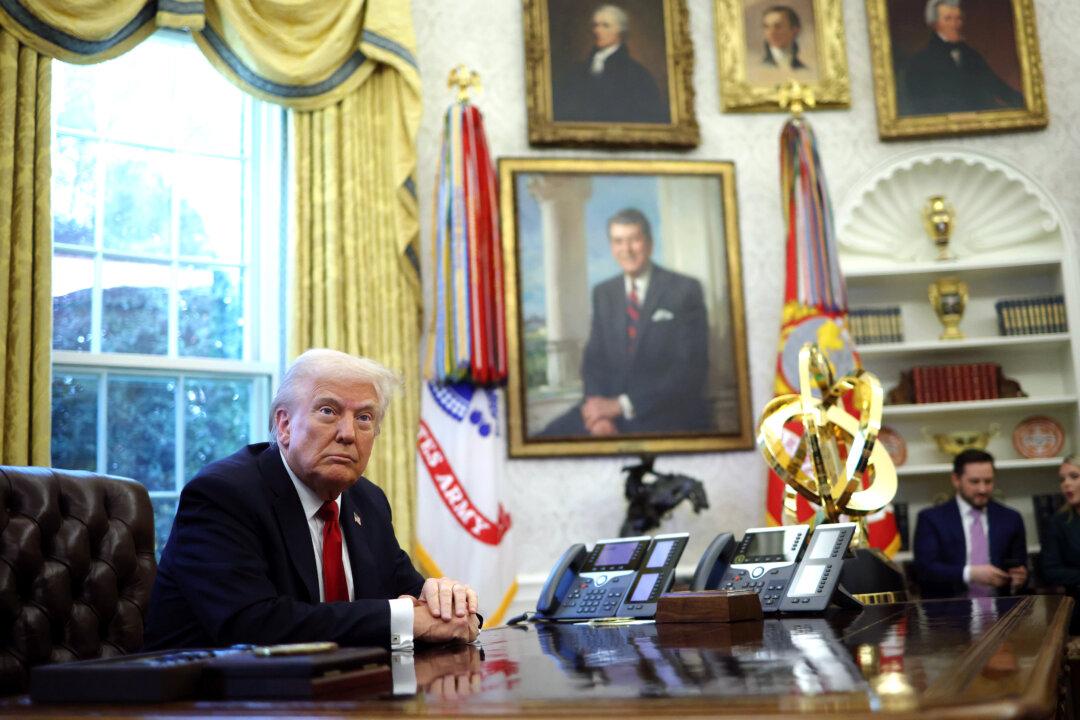The dollar eased and global shares climbed on Sept. 1, in spite of data pointing towards fresh signs of an economic slowdown in Asian economies.
MSCI’s all-country world index climbed to its fourth intraday high in a row, while the Nasdaq Composite hit a fresh high and the Euro STOXX 600 came close to breaching an all-time peak reached three weeks ago.
Yet many market players remained cautiously positive on prospects for equities in particular.
“We’ve clearly witnessed a deceleration of macro data from the months before,” Marciot said.
“But we’re in the moment where it’s still semi-Goldilocks—there is the inflation element that is still for the moment being discarded by central bankers ... but earnings are very good, macro is very strong and still the central banks are remaining very accommodative,” he added.
On Wall Street, the Dow Jones Industrial Average fell 0.11 percent, while the S&P 500 added 0.20 percent and the Nasdaq Composite advanced 0.67 percent. MSCI’s all-country world index rose 0.41 percent and the broad STOXX Europe 600 index gained 0.52 percent.
The gains in Asia were in spite of China’s Purchasing Managers’ Index showing a contraction in activity for the first time in nearly 18 months, owing to the pandemic containment measures and supply bottlenecks.
“As China maintains its zero tolerance policy for COVID, they will continue to implement these lockdowns wherever there is a small outbreak, so that suggests growth might remain under pressure,” said Carlos Casanova, Asia senior economist at UBP.
Casanova noted that while markets would react to slowing growth eventually, this was so far being offset by talk of monetary policy easing in China, increased trading activity sparked by a rebound in previously heavily sold tech names, and more clarity around U.S. monetary policy indicating that the Federal Reserve will not raise interest rates until 2023.
The Fed seems poised to keep interest rates at rock-bottom levels, potentially for years to come, and appears in no rush to pull back from its massive stimulus.
Federal Reserve chair Jerome Powell last week struck a dovish tone, reiterating his view that inflation would be transitory and avoiding hinting at tapering the central bank’s asset buying program, boosting U.S. equities, even as consumer confidence fell to a six-month low in August amid rising COVID-19 infections and inflation.
Elsewhere, U.S. labor market continued to recover, with private payrolls increasing last month by 374,000 jobs, or 48,000 more than in July, the ADP National Employment Report showed.
U.S. manufacturing activity unexpectedly picked up in August amid strong order growth, providing markets a bit of optimism.
Meanwhile, the dollar traded near its lowest point in nearly three weeks versus major peers, with currency investors already focused on a key U.S. jobs report due on Friday for clues on when the Fed might begin paring stimulus.





